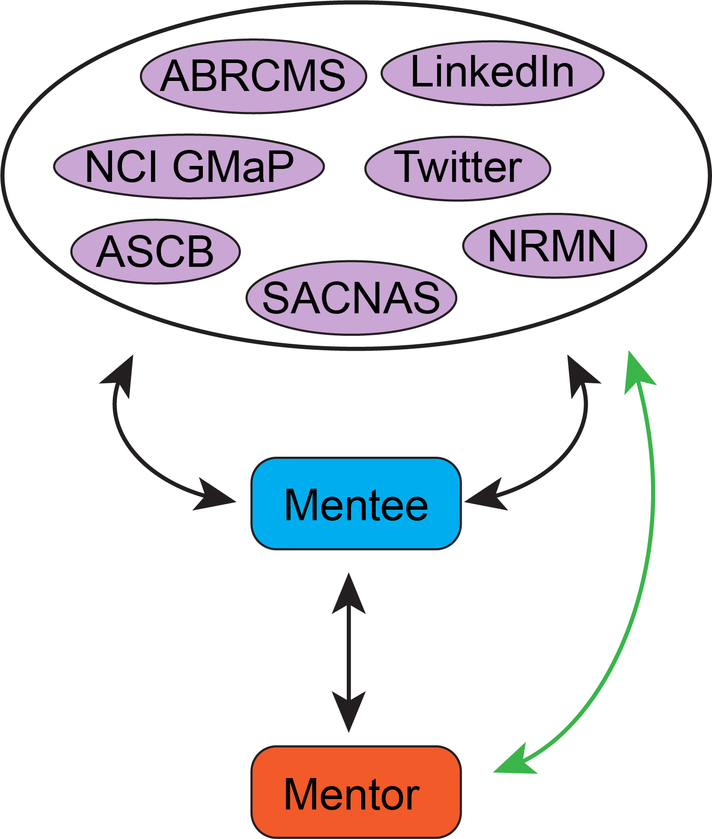Figure 1. Example of a Mentoring Network.
A traditional mentee (blue)–mentor (orange) relationship is shown connected by in-person or digital interactions (double-headed straight black arrow). An example of a mentee’s mentoring network is depicted above, consisting of interactions with scientists from professional societies (SACNAS, ABRCMS, and ASCB), which are strengthened by social media connections (Twitter and LinkedIn). A mentee may also participate in formalized mentoring programs [i.e., ASCB Faculty Research and Educational Development (FRED) Program] to support near-peer mentoring and formalize mentorship of diverse scientists with similar interests. A green arrow connects the mentor to components of a mentoring network, where the mentor (PEER or non-PEER) provides guidance to both PEER and non-PEER mentees. Abbreviations: ABRCMS, Annual Biomedical Research Conference for Minority Students; ASCB, American Society for Cell Biology; NCI GMaP, National Cancer Institute Geographic Management Program; NRMN, National Research Mentoring Network; PEER, Persons Excluded because of Ethnicity or Race; SACNAS, Society for Advancement of Chicanos/Hispanics and Native Americans in Science.

